How To Charge Zero SR/F
Here we’re going to run you through a little about the Zero SRF and how slow and fast charging works.
The 2021 Zero SRF is their premium model, available as both standard and a premium model which adds an extra 6kW charge tank.
This bike has a top speed of about 200 km/h and a range of around 200 km combined. On pure highway riding that’s going to drop down to about 160 kilometers and if you’re doing really slow city riding you might even get up to 300 kilometers range. The SR/F has 180 horsepower with a clutchless drive so there’s no gears it’s just twist and go. It’s instant torque and linear power all the way through, and great fun to ride.
The 2021 models of the SR/F have a slightly smaller battery than the 2022 models, we don’t have those in Austalia yet, but they managed to squeeze in more battery density into the same size pack.
We get asked alot about the seat height on the SR/F. On average it sits at 787mm. This bike is a little lower than a lot of sports bikes and off-road bikes out there, but they also have the ability to change seat heights depending on what you order.
The SR/F is the naked street version of Zero’s premium model the SR/S which is the same bike, has all the same components but it just has sports fairings so it’s more aerodynamic and has a more sporty look.
This premium model comes with a type 2 charger charging port so you can plug that into either a level 2 AC fast charger which can charge up to 22 kilowatts an hour if you’ve got the right grid connection. This bike will actually limit power to about 6 or 7 kW/h because that’s the speed of the on-board charger. You can also charge that port into a standard 10 Amp wall outlet and it will max out around 2.5 to 3 kW/h
The way we charge these bikes in the AEMC shop is by AC fast charge. We take a type 2 cord and we put it into the premium socket and you can see on the display now we get an update of the state of charge. We tend to not drop these bikes down to less than 20% while they’re in the shop. When you plug in the charging you will hear the on-board charger kicking in because we fast charge these bikes the on-board charger has to cool down the controller and battery while it’s charging and that’s why you can hear the noise.
The display will show you how much time is left to reach the full charge, you can also see the range of the bike and that’s based on how the bike has been ridden for the last 50 miles or kilometers. You will also see how much power is being pushed into the bike right now on the charge. Finally, in the top corner you can see a little bluetooth icon that tells you whether your bike is connected to the Zero app where you can control a lot of the custom settings.
The premium 14.4kWh bike can be fast charged with the AC fast charging setup in about two hours. You can have the option to add an additional six kilowatt charge tank into the top of the bike and which then can cut your charging time down to just over an hour.
As a security feature, the SR/F locks the charging cord into place once plugged in. The only way to unlock it is to put the keys in the ignition and start the bike. All of these bikes are built in a way that they won’t operate if they’re charging. So if the kickstand is down you can’t drive the bike away. You have to close the port, stop the charging and put the kickstand up for the bike to operate.
Most people are likely to charge these bikes at home, which means they’re not going to have a fast charger in their garage or workplace either so they’ll probably use a standard type 2 cable into a level 1 charger which is just your standard 10 Amp wall plug. So again you just plug the bike in as normal, charge port locks and then you just connect your plug to a standard wall outlet and turn it on there.
From a standard wall outlet you’re probably only going to get about 2.5 to 3 kilowatts an hour charge, which equates to about seven to eight hours to get a full charge.
If you want to know more about electric motorcycle charging check out our article with a more in depth look at charging levels and cord types.

